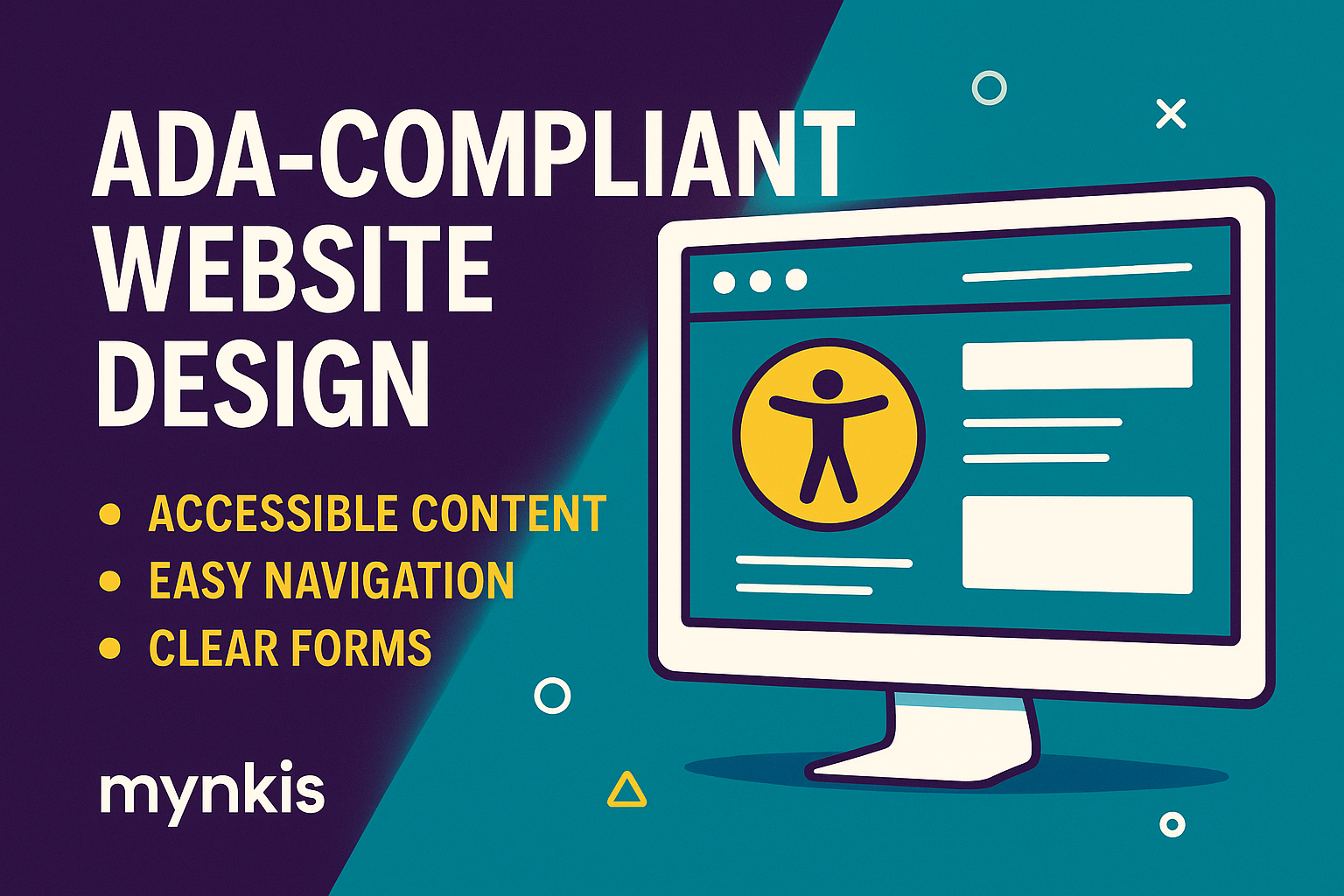Schedule a Demo
The Americans with Disabilities Act (ADA) sets the standard not just for physical buildings but increasingly for the digital realm as well. Ensuring your website meets these standards isn't just a legal obligation; it's a moral imperative and a smart business move. In my experience working with various enterprises, I've seen firsthand how an accessible site enhances user engagement and boosts SEO performance.
When it comes to B2B websites, prioritizing accessibility can drastically improve your market reach and lead generation through SEO. With more business decision-makers relying on the web to research solutions, a website that everyone can navigate equally puts you ahead of the curve. Firms looking to invest in automation and integrations can't overlook the importance of making their information easily accessible to all potential customers, including those with disabilities.
ADA compliance is not just about meeting the bare minimum; it's about creating a more inclusive user experience. This includes ensuring sufficient contrast for readability, accessible navigation through keyboard use only, and providing alternative text for images. Additionally, videos must have closed captioning, and documents should be in accessible formats. While these elements can seem daunting at first, they fundamentally enhance the user experience for everyone, not just those with disabilities.
Accessibility goes hand in hand with good SEO practices. Search engines reward sites that are easily navigable and provide a clear user experience. In fact, by optimizing your site for accessibility, you'll often automatically improve elements like page loading times, mobile responsiveness, and structured data, all of which contribute to better SEO rankings. Thus, the effort put into ADA compliance not only makes your site more inclusive but also helps it climb the search engine results pages.
In my consultations with operation managers at various levels, I've witnessed how accessibility can transform user experience metrics dramatically. For example, one client, a B2B software firm, revamped their website to meet ADA standards and saw a significant increase in user retention and conversions from the visually impaired community. This is a testament to the fact that accessible design doesn't just check legal boxes; it opens new markets and improves user loyalty.
Implementing ADA standards presents its own set of challenges. It requires regular audits to maintain compliance, which can be resource-intensive. Yet, this ongoing commitment ensures that your website remains inclusive over time. Sometimes, trade-offs must be made between aesthetics and accessibility, but with the right expertise, these concerns can often be addressed without sacrificing design quality.
Automation can play a significant role in maintaining ADA compliance. Tools exist that can run regular checks on your website, flagging issues from broken alt tags to color contrast problems. By incorporating automation into your website's maintenance strategy, you can efficiently stay on top of accessibility requirements and make real-time improvements, benefiting both your site's users and its SEO performance.
When integrating new software or modules into your existing website, ensure these additions comply with ADA standards. This can often be overlooked in the rush to launch new features. However, integrating accessibility from the start is more cost-effective and ensures a seamless experience for all users. I've advised numerous firms through this process, and it's clear that thinking about accessibility from the design phase saves time and resources down the line.
Consider the example of a leading financial software company that decided to align its website fully with ADA standards. After the redesign, the company not only complied with legal requirements but also saw an uplift in user satisfaction scores. By delving deeper into such case studies, businesses can learn how to adapt their strategies to meet both accessibility and business goals successfully.
Creating an accessible website goes beyond technology. It starts with a culture that values inclusivity. Training your team, from designers to developers, in ADA compliance can ensure that this mindset permeates every aspect of your business. I've seen organizations that invested in such training not only meet legal requirements but also foster an environment where inclusivity is celebrated and drives innovation.
The landscape of ADA compliance is ever-evolving, with new technologies and legal precedents shaping the way. Staying informed on these trends is crucial for firms in the automation and software development spaces. From emerging tools that aid in accessibility audits to upcoming legal changes that may affect digital accessibility, keeping abreast of these developments can give you a competitive edge.
Ultimately, investing in ADA-compliant website design is more than just a compliance check; it's an investment in a future where every user can fully engage with your business's digital presence. As someone deeply entrenched in the nuances of enterprise software solutions, I strongly advocate for considering accessibility as a fundamental pillar of your web design strategy. It's not just about today's business needs; it's about setting a standard for excellence and inclusivity for years to come.
